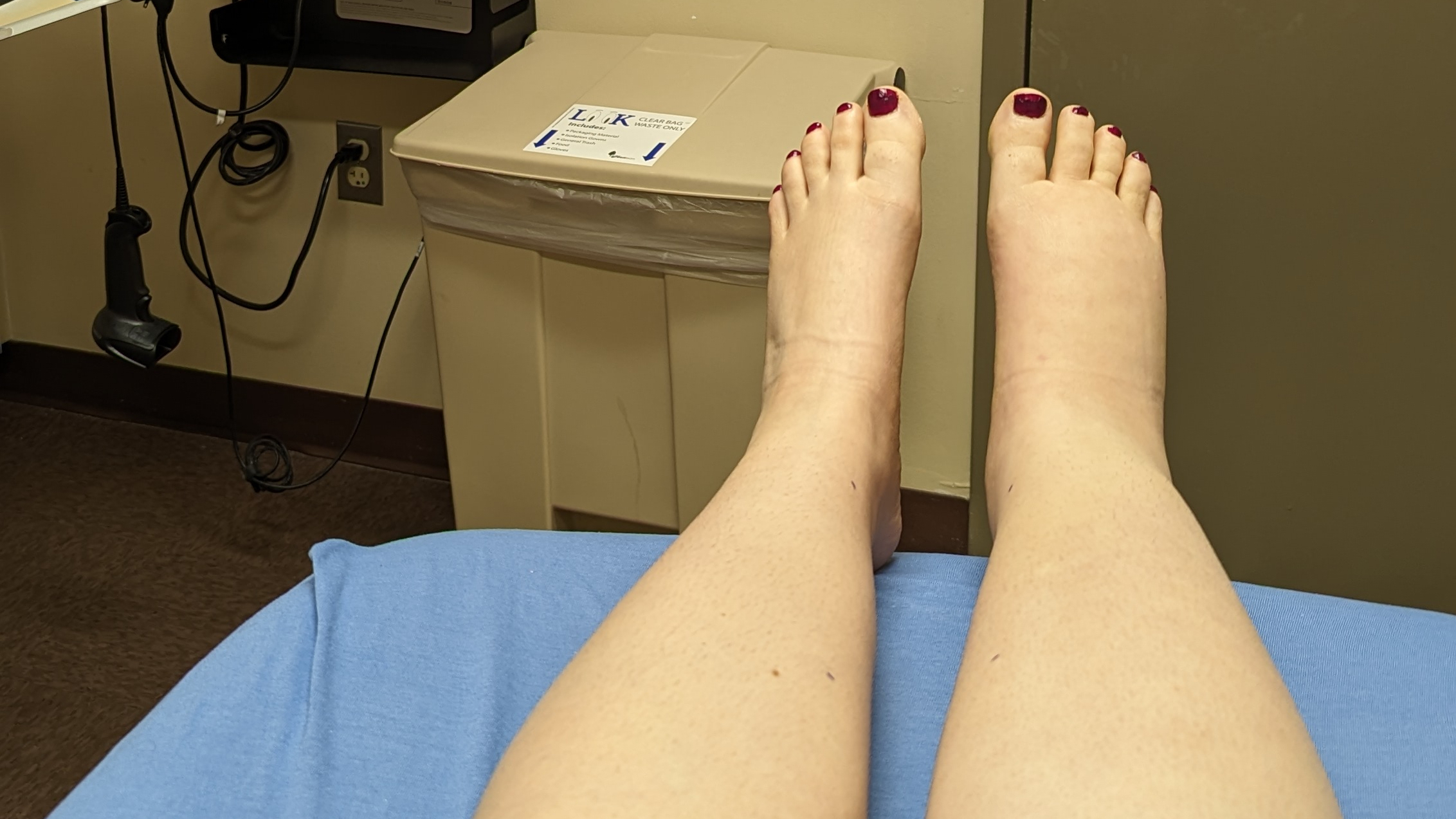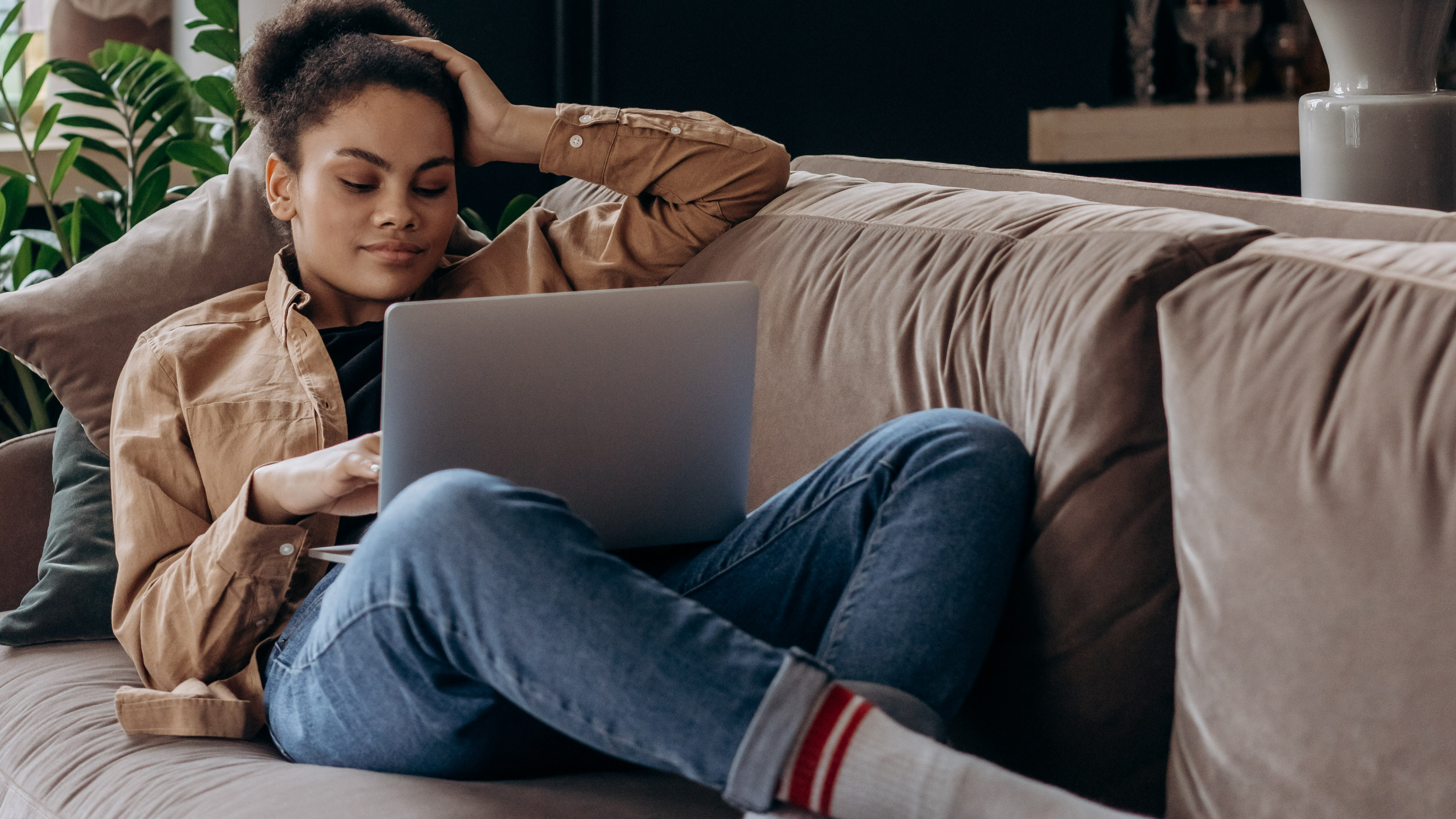Lucie Crouch recently underwent physiotherapy for her lymphedema. After a positive experience, she decides to share her story.
I’ve been living with lymphedema for around eight years now. I’ve pretty much been through it all: painful leg drainage, herbal remedies, hardcore and rather painful CDT (complete decongestive therapy)… I’ve tried a plethora of different massage techniques and exercises, and don’t get me wrong – they all worked ‘quite well’ – but nothing really hit the spot. I also began to see a recurring infection in my left leg. It literally became as a hard as a rock, and during one bad spell I was in the hospital with IV antibiotics for two months. Then I came across physiotherapy for lymphedema patients and my condition drastically changed.
One problem I found was getting in touch with a physiotherapist who had experience and knowledge of lymphedema and understood how their profession could really be used to combat the condition. Most physiotherapists will tell you that they can treat you, but my advice would be to find a therapist who has had successful results with a lymphedema case before. I spent quite a lot of time and money testing the waters; it can end up being extremely painful if you’re landed with a therapist who doesn’t understand or have any experience with lymphedema.
Then I came across a therapist whose daughter actually had the condition and my therapy instantly took a turn for the better, and honestly I think this is an underestimated, gold-star treatment for the condition.
Unlike your normal drainage massages, physiotherapy combats the problem in a more organic way. The aim of the game is to stop excess fluid from the lymph by sorting you out with exercises which:
• Increase range of motion/flexibility
• Decrease swelling
• Decrease pain
• Increase strength
• Restore function and improve the quality of life.
I found that because my therapist understood exactly how and why lymphedema effects your body and your life, she had some really good exercises which not only helped drain away the swelling, but actually built the muscle up in my back and legs as well, so when I could walk again, it wasn’t like Bambi on ice.
Another thing she did which I’ve never encountered before was using a massage couch. Basically this tilts you backwards so the whole time you’re in therapy, your legs are elevated as well as being massaged so you’re sort of getting the best of both worlds.
It took a few weeks or so for the therapy to really kick in; the best part was the exercises she taught me involving simple movement which really helped me bring the strength back into my legs. Just sitting on a bed or chair so your legs are at a right angle, and lifting them into the air, slowly and carefully, is something you can do anywhere and it really helps circulation. She also taught me a great, really simple exercise which has loads of benefits for any area which is affected: the idea is that you want to move, stretch and tone any area of your body where your lymph nodes need a bit of encouragement. For example, if it’s your arm that’s affected, hold your arm in front of you, stretch from your shoulder all the way down to the tips of your fingers and twist your arm slowly to the right and the left. You want to twist the arm with the skin and the muscle, basically getting blood to all of the organs, tissue and muscle on that limb. This can easily be done on your leg or any other parts of your body – just make sure you don’t hurt yourself when you’re doing it.
I’m now really mobile and sixth months after starting therapy I’m completely mobile; I have my own massage chair so I can rest comfortable with my legs elevated on a daily basis which also makes the world of difference.
I’d honestly recommend physiotherapy to anyone who is thinking about having it. It’s genuinely worth your time, and when you find a good therapist it can make all the difference to your lifestyle.



Leave a Reply